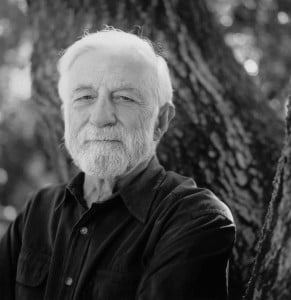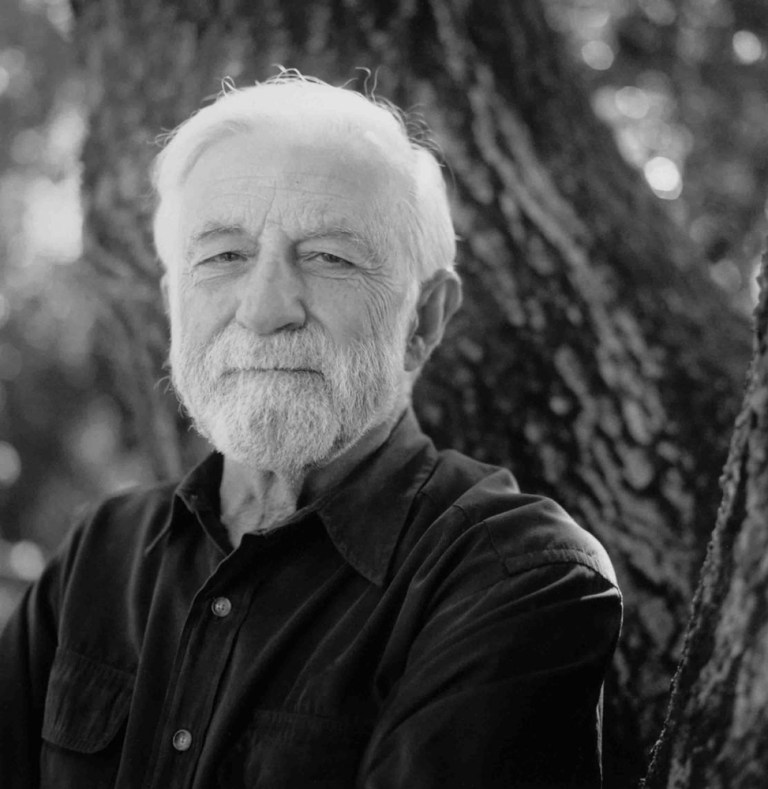Professor Emeritus of Human Biology Herant Katchadourian first taught HUMBIO 10: Human Sexuality in 1968, eventually leading the course for more than thirty years and teaching over 20,000 students in the process. Katchadourian sat down with The Daily to discuss his love advice for Stanford students and his area of expertise: today’s hookup culture.
The Stanford Daily (TSD): What was the motivation behind starting your Human Sexuality course? How did you first become interested in this topic?
Herant Katchadourian (HK): In the late 1960s, with all of the turmoil, [Stanford University administrators] were concerned about pregnancy, premarital sex and venereal diseases, as we used to call them. They wanted to cool things down…They came to me and said this guy is a psychiatrist and so many students know him, so therefore he would be a good person for this [teaching the Human Sexuality course].
I came the year after [to Stanford] and offered the course for the first year and sixty to seventy students showed up. The next year, 400 students showed up and the third year a thousand students showed up. We had to move to [Memorial Auditorium].

TSD: How did the course, its requirements and guidelines change with time?
HK: What changed over time is that there were certain topics that went from nonexistent to very central. Before AIDS, in 1973, the American Psychiatric Association declassified homosexuality as a mental illness. That meant that I started giving a separate lecture and having a panel and that got hooked up to transsexualism. The next new thing was with AIDS. Sexually-transmitted diseases became a very big deal, so that became a very important topic. The third one was that there had always been rape of some sort, but there was no idea of sexual harassment and no idea of date rape. So those became salient parts of the course.
TSD: How was your course received by the University? How would you describe the way the University looked at your course when it was first introduced in 1968 and now?
HK: There were not many complaints from parents and faculty, actually. At that time, where there were hippies all over the place, I looked like a respectable person. I looked like their other professors and their parents. I also made absolutely sure that I never showed a picture or a film that did not have academic images. For example, they would look at pornographic images only when it was part of the lecture.
TSD: What are your thoughts on today’s hookup culture? How would you describe the evolution of the hookup culture? What are its greatest dangers and is there a way for it to be replaced by something healthier?
HK: Part of me wishes that there was such a thing when I was an undergraduate. When I was an undergraduate at the American University of Beirut, I couldn’t get within shouting distance of the girls. In that sort of starvation diet, hooking up sounds like paradise if you accept fundamentally that students now can do this responsibly, which means that they protect themselves and their partner. The second protection has to do with issues, elements of coercion. There is this psychological pressure of saying what’s wrong with you and if you come here as a freshman from a very conservative background, you don’t want to be seen as stigmatized as odd or square and so on. This may be a weapon in the hands of men who tend to be more exploitative. They want to get what they want and there may be a price to pay but they are not paying the price.
This interview has been condensed and edited. For a more complete transcript of their back and forth, visit The Stanford Daily website.
Contact Angelique Dakkak at angeldak ‘at’ stanford.edu.
